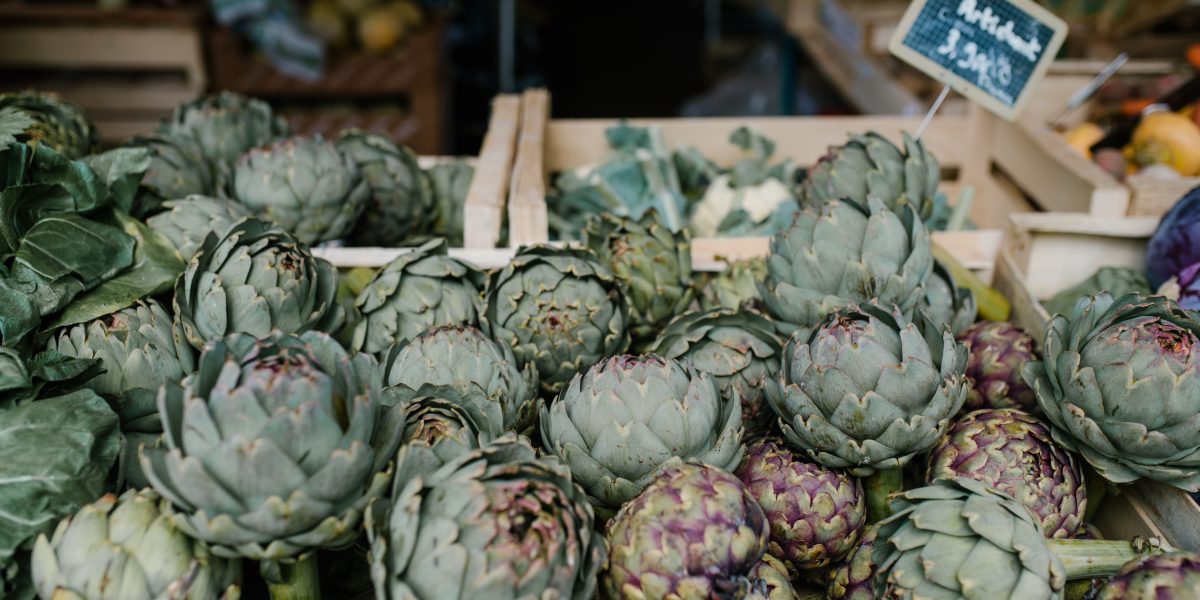- The study carried out by the research centers CREDA and IRTA shows how the losses and waste of horticultural products are mainly due to the causes of the current trading system
- Faced with the situation, both institutions propose the creation and application of regulations and measures both for the sector itself and for consumers
The Center for Agro-Food Economics and Development (CREDA) together with the Institute for AgriFood Research and Technology (IRTA) have carried out a study to quantify the number of artichokes and tomatoes wasted during the 2019-2020 and 2020 campaigns, respectively. The study ‘Diagnosi de les pèrdues i el malbaratament alimentari al sector hortícola de la carxofa i el tomàquet: quantificació, impacte ambiental i econòmic‘, which was commissioned by the Department of Climate Action, Food and Rural Agenda (DACC), shows how the figures of losses and waste of these foods amounted to 692,5 tons, in terms of artichokes, and 16.522,4 tons in the case of tomatoes.
According to the analysis, the main causes of these losses were difficulties in accessing markets, price volatility, inadequate supply and demand, and mismanagement of stocks. Even so, the study indicates that there are external factors that also affected the crop and its after-sales, increasing the waste figure. Some of these factors are: pests and fungi, aesthetic defects or the situation experienced then because of the COVID-19 crisis.
These factors had an impact both in the economic and environmental spheres, so that during the period 209-2020 losses and waste figures were recorded that reached more than thirteen million chunks of carbon dioxide. An amount to which the study adds 15 more indicators, related to human health, the quality of ecosystems and the use of resources. Thus, aspects such as the consumption of diesel, the packaging and transport processes, or the production and emission of fertilizers, have shown an increase in the effects on the environment, which are accumulating along the entire value chain.
With regard to the economic impact, the study shows how most of the rejected foods take place in central markets and large stores, representing an economic value of artichokes of around half a million euros, and more than 13 million for tomatoes. This situation and the low value given to rejected foods has led to the establishment of protocols for action and monitoring in order to recognize aspects of the value chain within the prices of the product, such as the work of farmers or the economic and environmental value of work.
After carrying out their study, both IRTA and CREDA have concluded that it is necessary to take measures to avoid rejecting food for reasons such as aesthetic inequalities, and to encourage a marketing system that has a shorter duration. Thus, both institutions defend the application of regulations both in the horticultural sector itself and to consumers.


